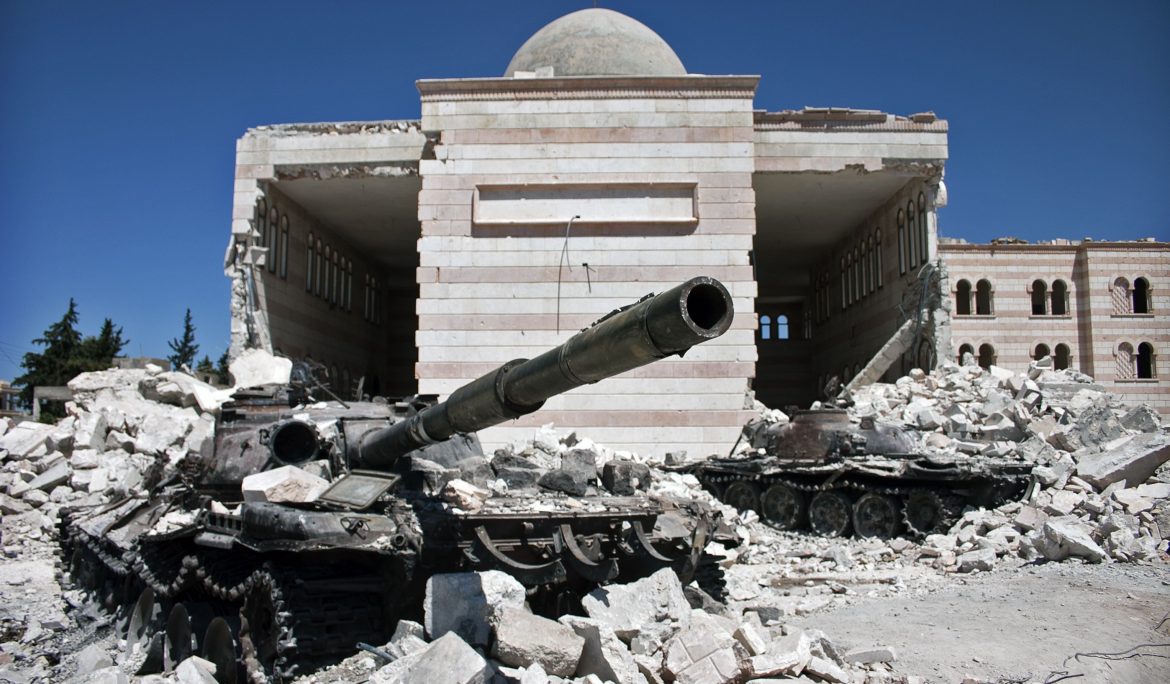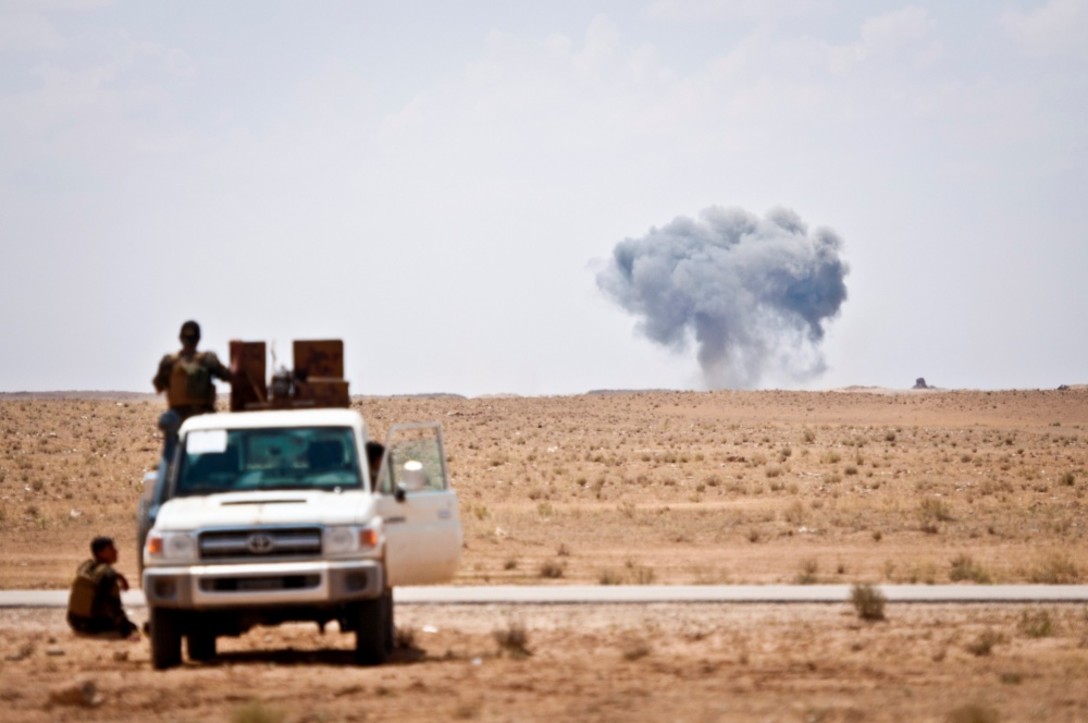CW disarmament and constructive engagement on Syria
Hearing before the Committee on Political Affairs and Democracy of the Parliamentary Assembly of the Council of Europe (PACE) Strasbourg, 30 September 2013 …
Draft decision of the OPCW Executive Council on Syrian CW destruction
The Executive Council (EC) of the Organisation for the Prohibition of Chemical Weapons (OPCW) is due to meet tonight, 27 September, at 10pm CET. Below is the text of the draft decision. Some of the highlights of the document are: The OPCW believes that the ultimate destruction deadline of mid-2014, as foreseen in the US-Russian Framework Agreement is achievable. The organisation recognises the need for a surge capacity in order to fulfil its own tasks, and will draw on past personnel with appropriate expertise as well as on voluntary contributions by states parties. The OPCW will work according to modified …
Draft UN resolution on Syria chemical weapons
(26 September 2013) The Security Council, PP1. Recalling the Statements of its President of 3 August 2011, 21 March 2012, 5 April 2012, and its resolutions 1540 (2004), 2042 (2012) and 2043 (2012), PP2. Reaffirming its strong commitment to the sovereignty, independence and territorial integrity of the Syrian Arab Republic, PP3. Reaffirming that the proliferation of chemical weapons, as well as their means of delivery, constitutes a threat to international peace and security, PP4. Recalling that the Syrian Arab Republic on 22 November 1968 acceded to the Protocol for the Prohibition of the Use in War of Asphyxiating, Poisonous or …
The Military Implications of the Syrian Crisis: The Chemical Weapons Dimension
Joint Hearing before the Committee on Foreign Affairs and the Security and Defence (SEDE) Committee of the European Parliament Brussels, 26 September 2013 Statement (PDF) by Dr Jean Pascal Zanders 1. Mister Chairman, Members of the Foreign Affairs and Security and Defence Committees, I am honoured to address you today on the question of chemical weapons (CW) and disarmament in Syria. I understand that several of my recent writings on the subject have been made available to you as background information, and I will therefore limit myself to highlighting some key issues. 2. On 21 August, the world woke up …
UN Report on CW attacks now published
Report on the Alleged Use of Chemical Weapons in the Ghouta Area of Damascus on 21 August 2013 The document is available from the UNODA webpage. It deals only with the Ghouta attack; the report relating to the original mission of the UN investigative team in Khan al-Asal, Sheik Maqsood and Saraqued is still due. …
Framework for Elimination of Syrian Chemical Weapons – Annotated commentary
This is a very quick reaction to the agreement between Russia and the United States to address Syria’s chemical weapons. My interpretations may change as more background information becomes available. I am sure that over the next few days there will be many background briefings to add texture to the individual paragraphs in the agreement. I welcome comments challenging or supplementing my views, and will revise this posting accordingly. Generally speaking, the bilateral agreement takes the Chemical Weapons Convention (CWC) and the fact that Syria has just submitted its instrument of accession to the UN Secretary General as the point …
Syria to join Chemical Weapons Convention, Assad announces
Syria crisis: Assad sets out chemicals plan timeline BBC World, 12 September 2013 Last updated at 16:45 GMT Syria’s President Bashar al-Assad has given the first indication of a timeline for placing its chemical weapons under international control. He told Russian TV that Syria would apply to join a UN chemicals convention “in the next few days” and submit arms data a month after signing. [Continues] …
Internationalisation of Syria’s chemical weapon stockpile?
The idea of internationalising Syria’s stockpile is doable, but what would it take? Some first thoughts to launch an international and constructive discussion by Jean Pascal Zanders and Ralf Trapp Yesterday, Russian Foreign Minister Sergey Lavrov launched an idea—in the meantime accepted by Syria—based on an offhand remark by US Secretary of State that Syria might avoid punitive military strikes if it were to ‘turn over every single bit of his chemical weapons to the international community in the next week’. He said: We are calling on the Syrian authorities not only agree on putting chemical weapons storages under international …
We All Fall Down Part 1: The national intelligence assessments
This is the first of a four-part series analysing the international reactions to the chemical attacks in Damascus on 21 August. Part 2 addresses how the public intelligence assessments have been used to try and justify military interventions against Syrian forces and military installations. Part 3 attempts to construct a counter-factual argument in order to determine whether insurgent forces can be held responsible for the chemical attacks. Part 4 investigates the consequences of international reactions for the future of the norm against chemical weapons (CW). Over the past 10 days the French, UK and US governments published intelligence summaries …
US assessment of chemical weapons attack near Damascus
The US State Department has just published the Government Assessment of the Syrian Government’s Use of Chemical Weapons on August 21, 2013 and a map of the suburbs affected. This is the first credible account of events released by any government. Credible, because it contains assertions and caveats, but most importantly, because its details are falsifiable. The elements can be verified against other sources, most notably the preliminary report of the UN investigative team, which should be with UN Secretary General Ban Ki-moon within the next 72 hours or so (Sunday or Monday). The different sources will need parsing. The …


